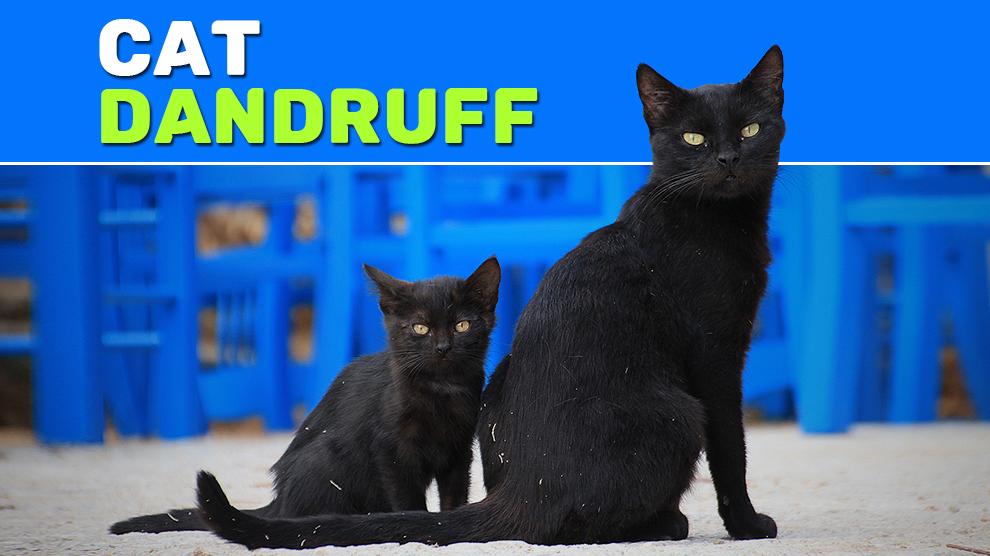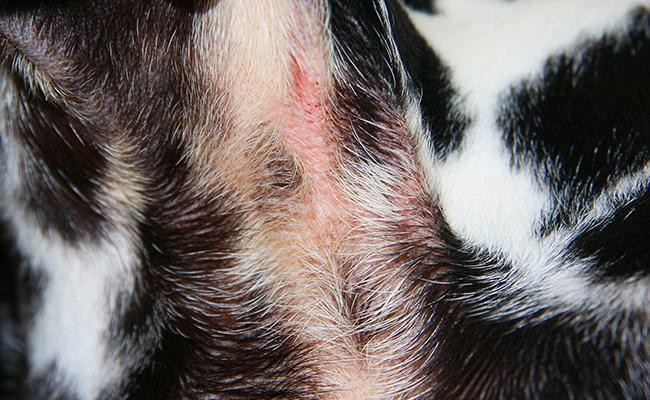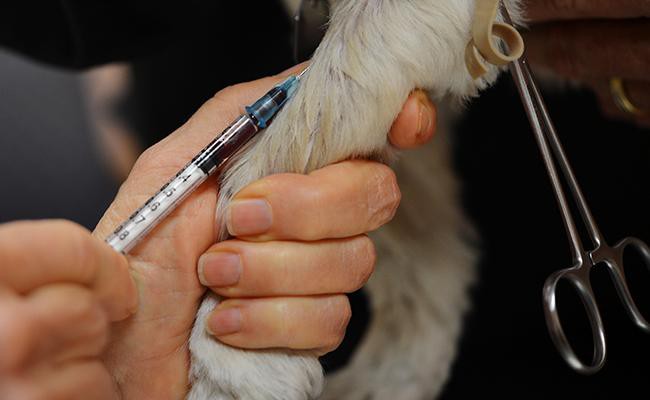Cat Pregnancy Calculator And Timeline
As the cat’s skin rejuvenates, they naturally shed unwanted skin cells known as dander. This condition is completely different from dandruff or seborrheic dermatitis.
In some cases, the cat can suffer from a skin problem where too much sebum is produced by the sebaceous glands. This condition is clearly visible on the back, flanks, and face of a cat with a black or dark coat.
The skin turns red, scaly, itchy, and flaky.
There are actually two types of skin issues
- Dry seborrhea or seborrhea sicca
- Oily seborrhea or seborrhea oleosa
Causes Of Dandruff In Cats
Cats suffering from idiopathic seborrhea actually do not show any real cause. In this disorder, the cat secretes excessive sebum due to a genetic deficiency.
This condition is manageable and treatable. Only careful observation can reveal this problem. Maintain details’ regarding your cat’s sleeping habits, eating, and other behavioral habits.
Any cat lover will first observe their cat before taking him to a vet.
Some of the main causes of dandruff in cats include
- Musculoskeletal disease – A condition similar to arthritis that stops the cat from touching the fur near the tail and back.
- Ticks and fleas – Ticks and fleas lead to dandruff if left untreated for long.
- Obesity – Heavy obese cats will find it hard to clean the fur.
- Fungal infections – In cats, ringworms can cause dandruff in cats.
- Allergies – Allergies are possible due to laundry detergent and household cleaners.
- Hormonal problems – Thyroid gland imbalance causes dandruff by altering the cat’s body temperature.
- Environmental conditions – Humidity and temperature changes force the skin to remain dry when the weather changes.
Signs Of Dandruff In Cats
Places, where the sebaceous glands are in the thick population, will first exhibit symptoms of dandruff. Cats are also popular for leaving dandruff flakes.
The second most common sign of dandruff in cats is your cat’s odor. An identifiable odor surrounds your cat. A bacterial infection or a yeast skin infection can produce a much bad odor.
Another way is when you notice your cat swatting. A critical examination will help identify lesions, inflamed, or red skin. The skin folds on the belly, thighs, armpits, and feet exhibit symptoms of dermatitis.
Diagnosis Of Dandruff In Cats
A senior vet will perform a number of tests to find the real cause and type of dandruff. The main purpose of these tests are is to discover the exact cause.
Some of these tests include
- Hormone tests
- Skin biopsy
- Skin culture will guide the vet to know whether the cat is suffering from fungal or bacterial infections.
- Blood tests – A total blood cell count test, serum levels, electrolytes will show any imbalances in enzyme and hormone levels.
- Skin cytology and skin scrapings
Treating Dandruff In Cats
Never treat your cat at home without consulting a vet.
There are plenty of ways to treat a cat with dandruff and some of the underlying causes include
- Hyperthyroidism – The common treatment includes radioactive iodine that helps to remove tumor-causing cells.
- Arthritis – The use of chondroitin and glucosamine are prescribed
- Food allergies – Homemade or low allergenic diets are suggested by the vet to handle this condition effectively.
Your vet will suggest these options depending on your cat’s condition
- Antibiotics
- Moisturizers
- Retinoids
- Supplements with Omega-3 fats
- Medicated dandruff shampoos that can to some extent control seborrhea
Tips For A Dandruff-Free Cat
A healthy routine that promotes and supports robust coat and skin is vital in the way to stop dandruff.
Try these subtle changes and home remedies to control or reduce skin problems.
- Colloidal oatmeal provides a smooth emollient.
- Avoid heat because dry skin can turn much worse due to exposure to too much heat.
- Balanced diet – Feed your cat with the best quality cat food that contains all the nutrients in the right proportion.
- Brushing the coat – Using long strokes will reduce loose hair. Good hair growth promotes nice oil distribution over the skin.
- Olive Oil and Coconut Oil – Add olive oil and coconut oil to your cat’s food. This enhances the health of your cat’s skin and prevents undesired dry conditions of the skin.














